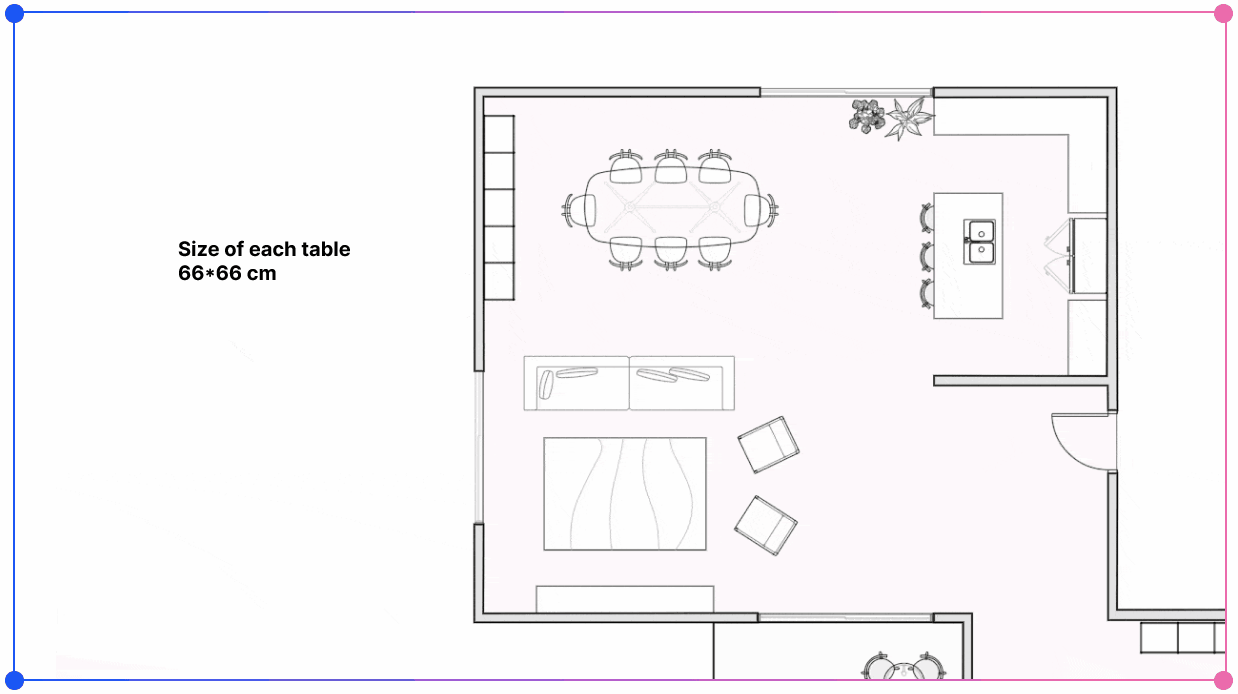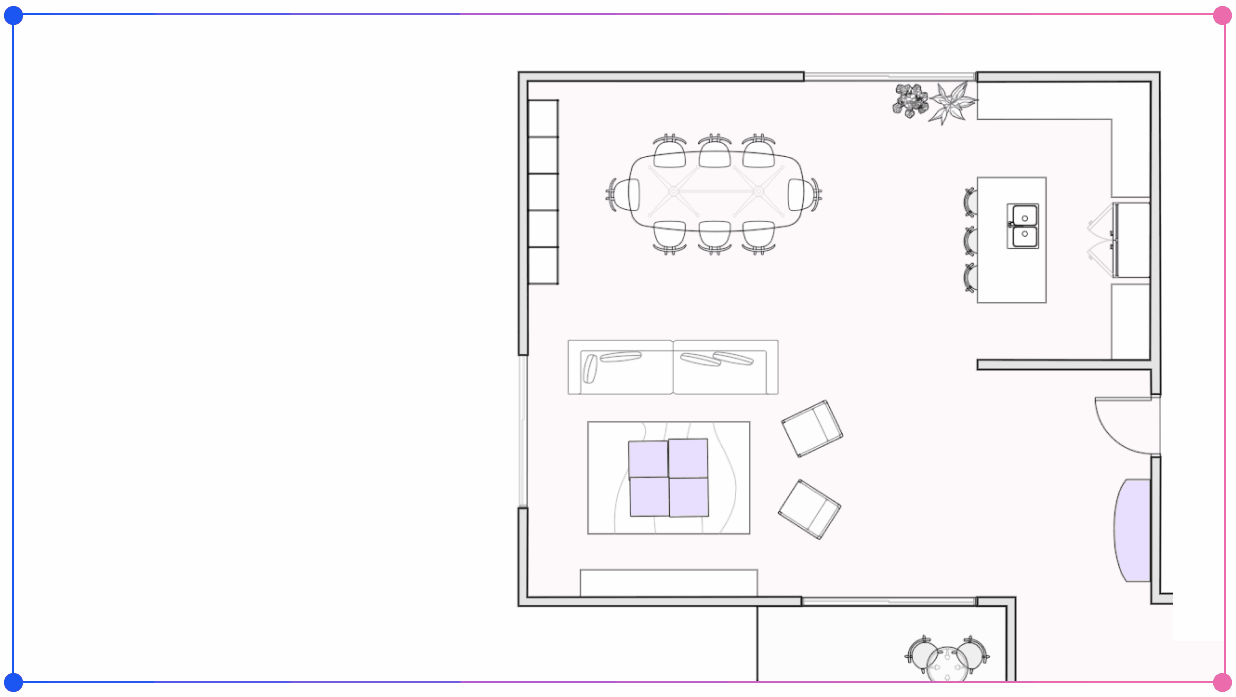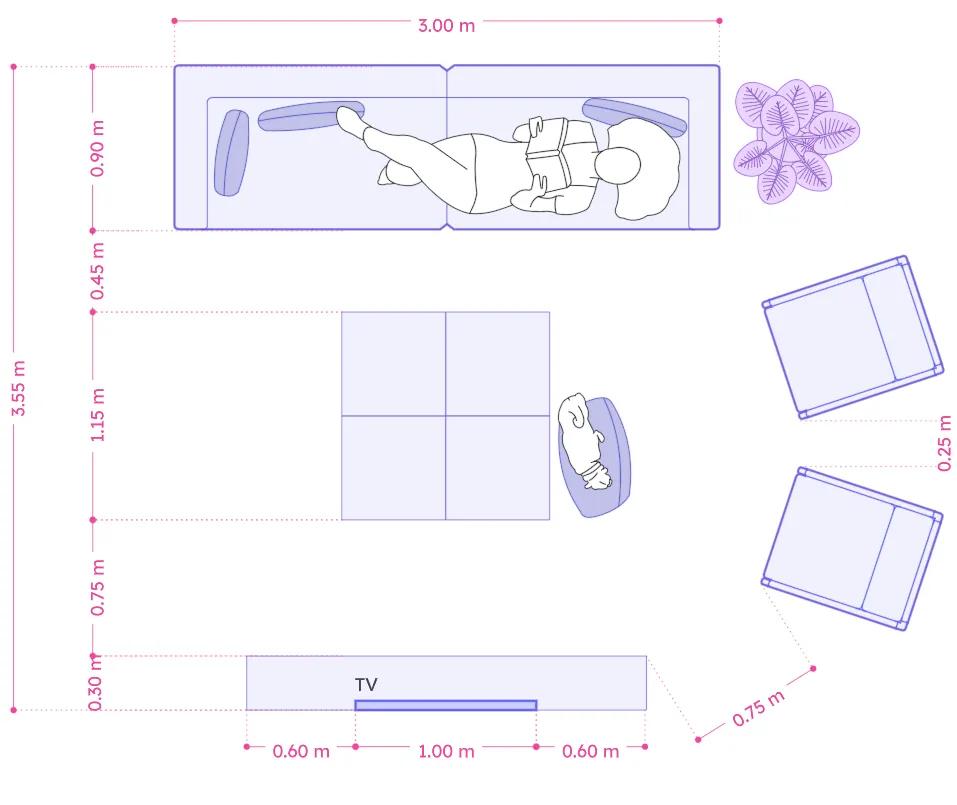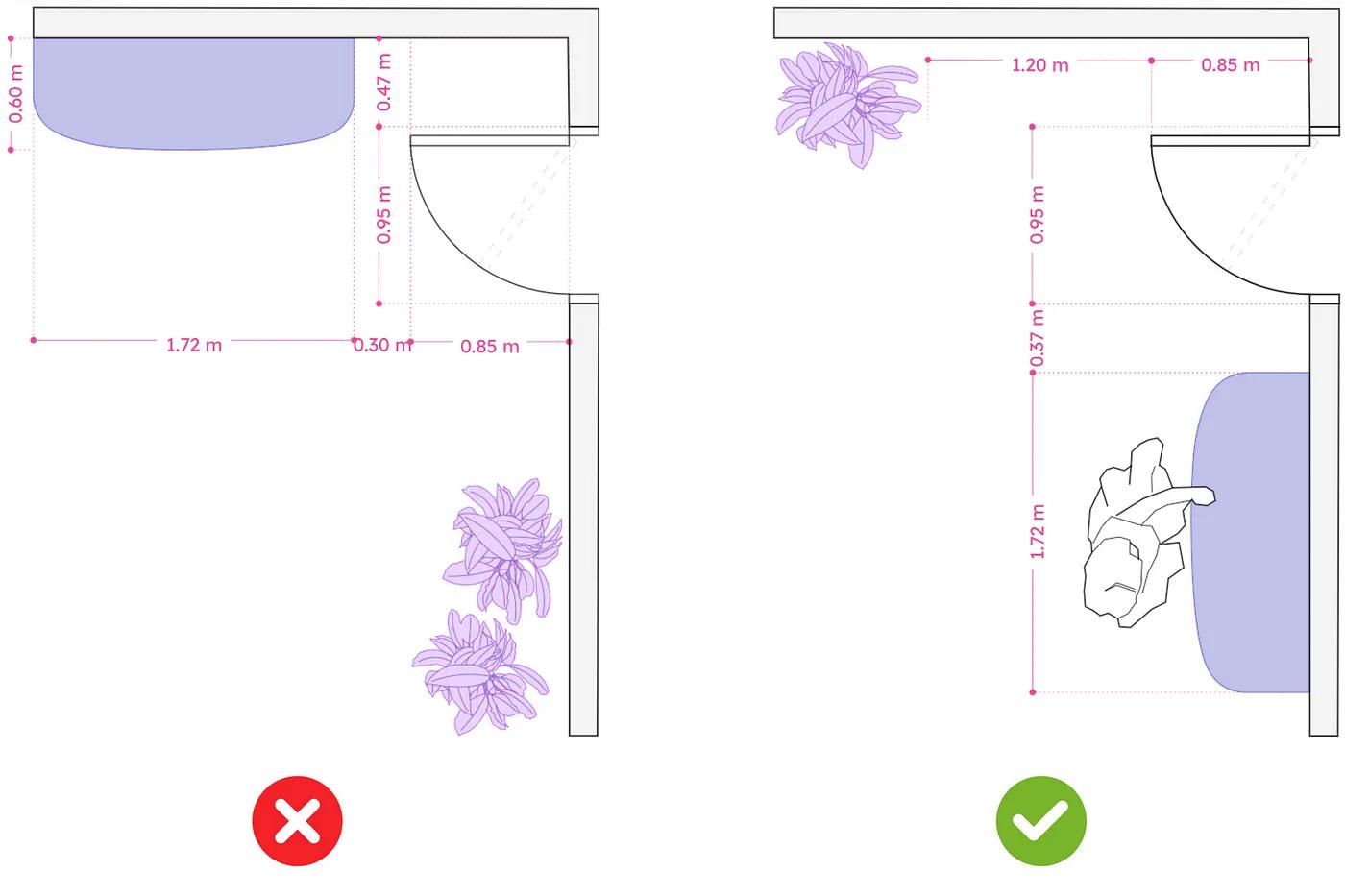Combining Vintage, Sustainability & E-commerce
How to Integrate Resale Furniture in Your Space Layout

A core principle of being a sustainable consumer, is striving to take an active role in the circular economy. When it comes to furniture, that is potentially a fairly easy thing to do. Re-using existing furniture is no groundbreaking concept, but in today’s climate, this old custom is developing in a new, exponential way.
Scaling the One of a Kind Experience
There’s nothing like falling in love with a piece of furniture and bringing it back home from a flea market. It’s all the more satisfying when you know you have made a sustainable purchase choice. But while flea markets, thrift shops and antique boutiques have their fair share of magic — they represent a limited way to shop in today’s digital world. Furthermore, when it comes to procuring for a large project, these tangible marketplaces can not be relied upon in terms of schedule and scope, and therefore do not always make the cut.
When Vintage Met E-commerce
In the high past culture we live in, we can’t always wait to find that one-of-a kind needle-in-a-haystack piece of furniture. That is why today, more than ever, we are noticing alternatives that combine the romantic method of buying upcycle furniture with the pragmatic approach of e-commerce. The digital marketplace for second-hand furniture is thriving, and offers a variety one could never have hoped to find in a single visit to a physical flea market or antique shop.

Scope is one noticeable parameter of this market’s growth, and diversity is another. Alongside very accessible platforms like Facebook’s marketplace and Etsy, where you may find a wide range of upscale furniture from sellers near your location, there are also high-end websites that offer exclusive resale pieces. On 1stDibs for example, auctions are held for some of the rare items on the site. Chairish, one of the most established resale marketplaces, just unveiled their 2022 Home Furnishings Resale Report, where Anna Brockway, Chairish co-founder & president states:
“…Not only are vintage goods the more stylish and eco-conscious choice, but they are the antidote to the inflationary price increases and supply chain delays … Vintage isn’t just a novel choice anymore; it’s the new and smart standard.”
With all of the above being said, there is no doubt the resale world can get overwhelming at times. So many choices, non-standard sizes and unique materials… The same trades that make an upcycled furniture piece extraordinary are the ones that make it harder for us to incorporate it into an existing design smoothly.
To succeed in furnishing your space with resale furniture pieces, we have put together some recommendations to follow when designing your space layout:
#01 Get it Through the Door… Literally!
- Buying a resale furniture piece often means it arrives at your doorstep as is, rather than in separate pieces to assemble on site.
- Verify the piece fits through the opening thresholds (door, window, etc.) of your space before you purchase it. Sounds obvious? You’d be surprised.

#02 Don’t Use Your Imagination
- Draw the exact measurements of the furniture piece & place it on your floor plan layout, to then get an accurate idea of how it will fit in.
- Make sure the piece does not block the passageways, allows spacious circulation, and will accommodate the space proportions well.

#03 When Mixing, One Must Match
Buying resale often means your design look & feel is going in an eclectic direction, with pieces from different decades, by various designers, made with unique materials. Create a mood board of the space in hand:
- Assemble pictures of the furniture, textile and accessories in the space you are shopping for
- Create a color & material scheme
- Add an image of the piece you are considering to purchase, to get a tangible idea of the end result of your new design.

#04 Keep It Practical
Online shopping of any sort can be a slippery slope. When roaming the resale web, remember: It’s not about the bargain — It’s about the necessity. Looking for furniture you actually need will help focus within the vast e-commerce marketplace, and will also prevent you from buying things you do not need — the ultimate sustainability no-no.

#05 Some Useful Dimensions
You might be wondering, what are, in fact, “good proportions” for a space? What are the dimensions needed between pieces of furniture that allow the correct distances for circulation?
To give you some tips and basic dimensions to work with on your own layout, here is a scheme of a typical living area & entrance area. Also, if you are looking for 2D models like the ones in these schemes, you can find them right here:

Typical entrance area circulation schemes:

Speeding up Slow Design
One of 2022 trends has been the expansion of the “Slow movement” (that encourages slowing down life’s pace) into the design field. Interior “Slow design”, means both acknowledging the importance of quality furniture pieces, and investing time in curating spaces that are tailor-made to the individual inhabiting them.
Historically, selecting unique furniture pieces for your space was correlated with the “Slow movement”, before that term even existed. Nevertheless, it seems that the fast-paced world that we, inevitably, live in — has managed to turn even that experience into one that is ‘on demand’.
Putting nostalgia aside, the combination between vintage, sustainability & e-commerce is a positive twist in the consuming trend sphere, that hopefully will keep growing as we step into the next year ahead.